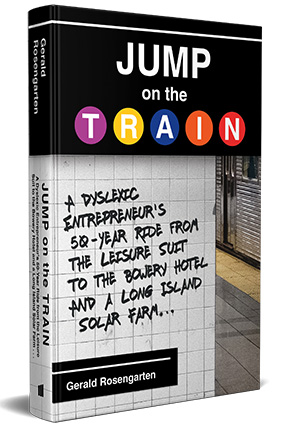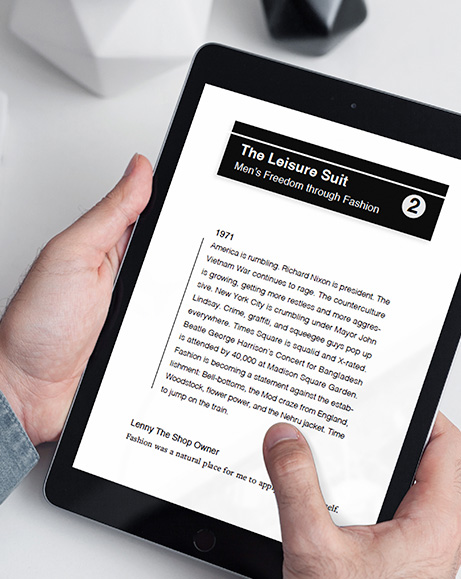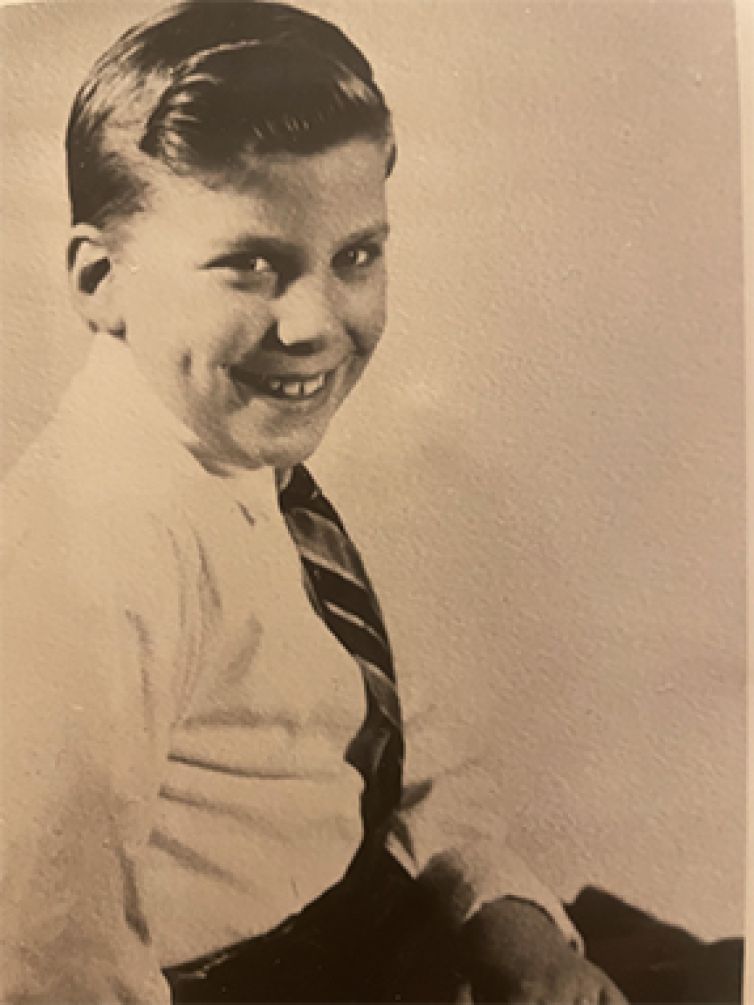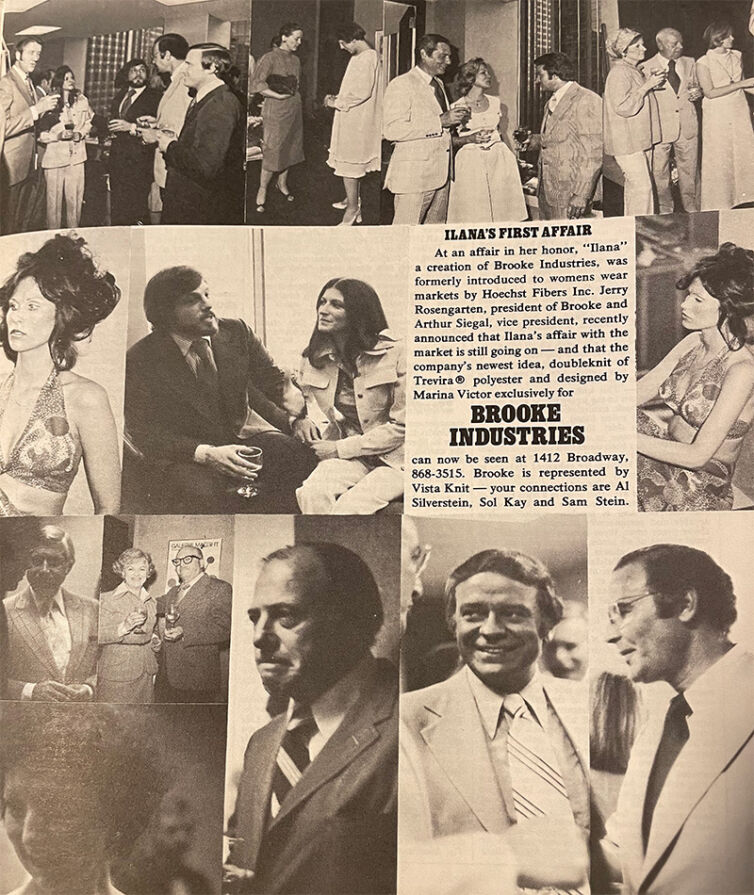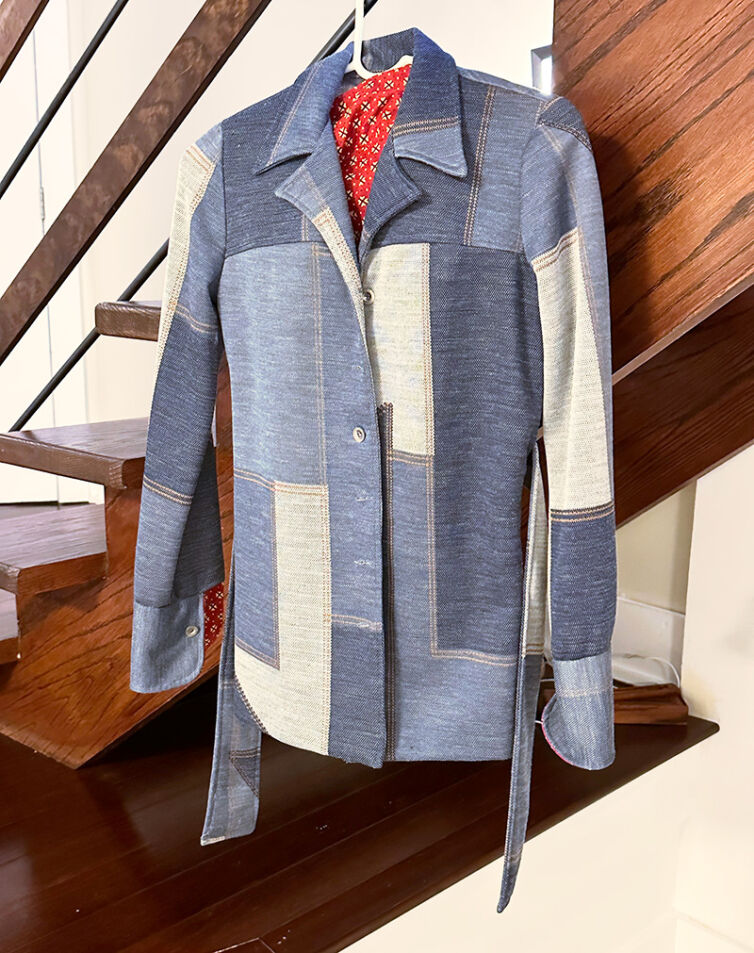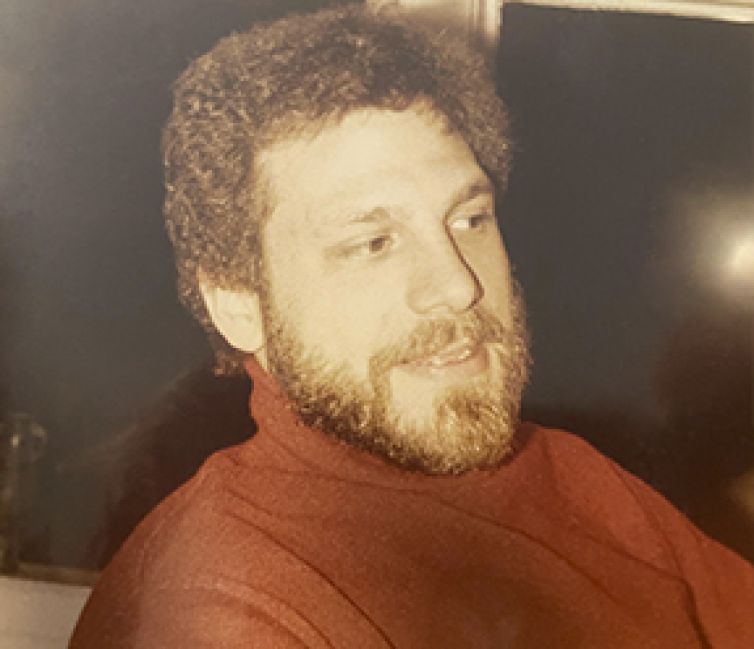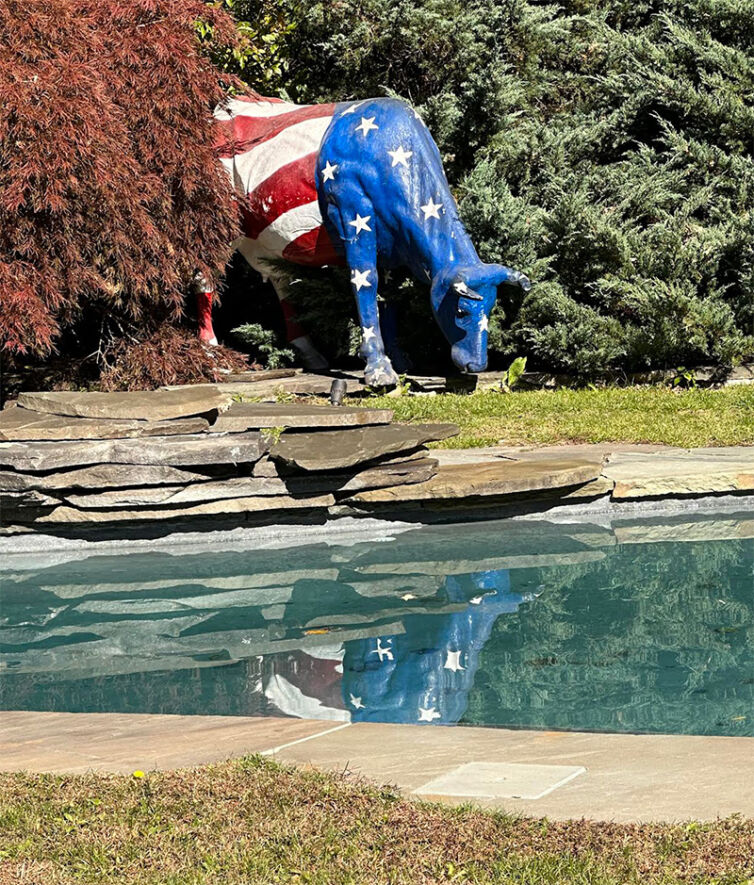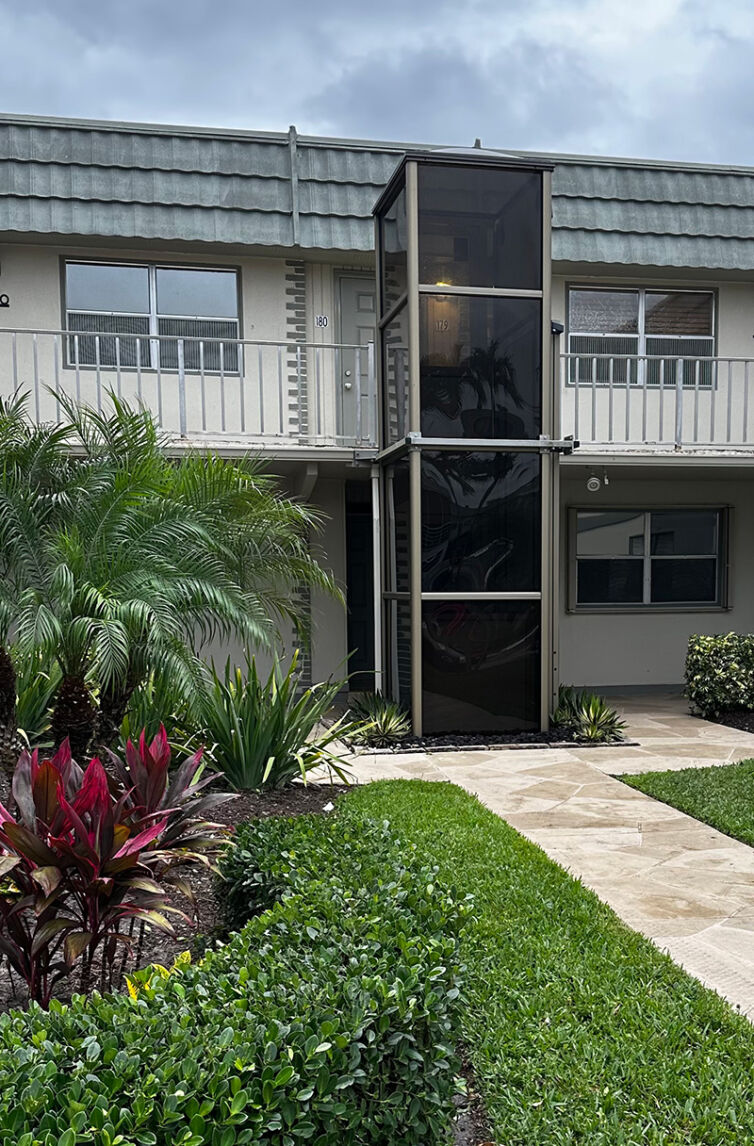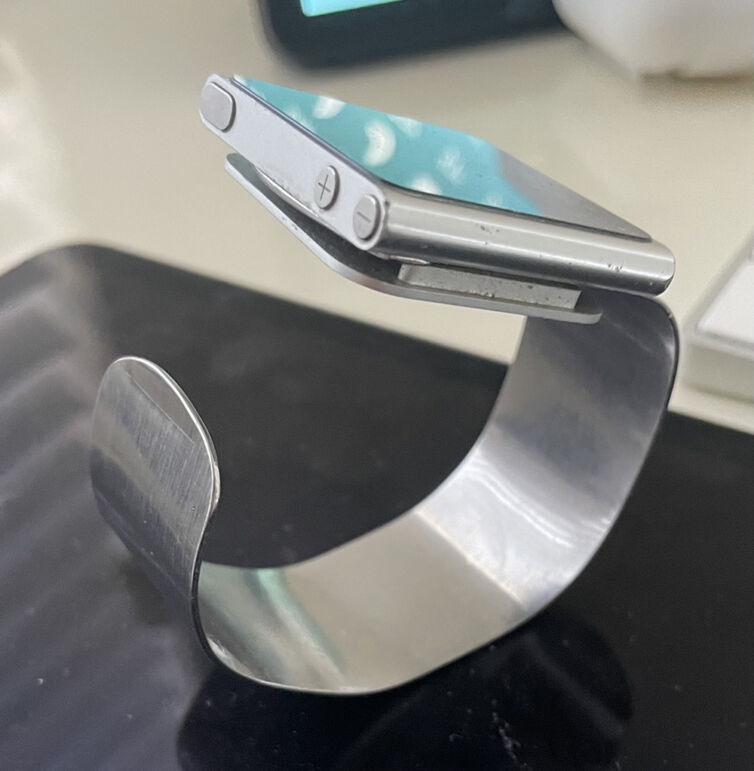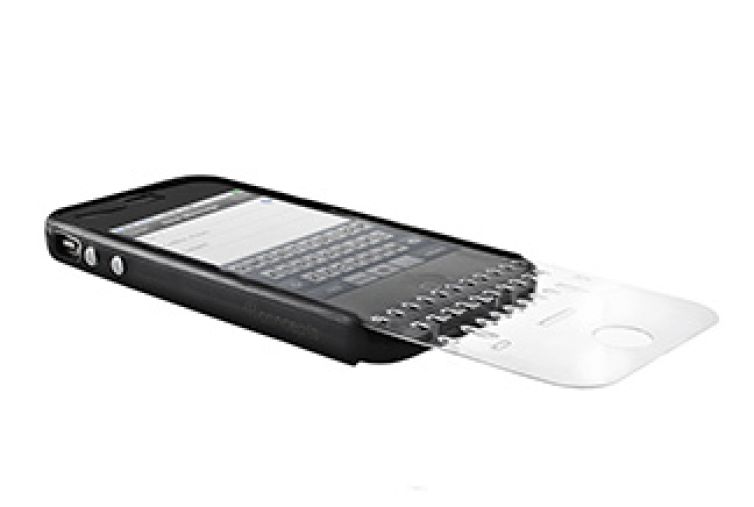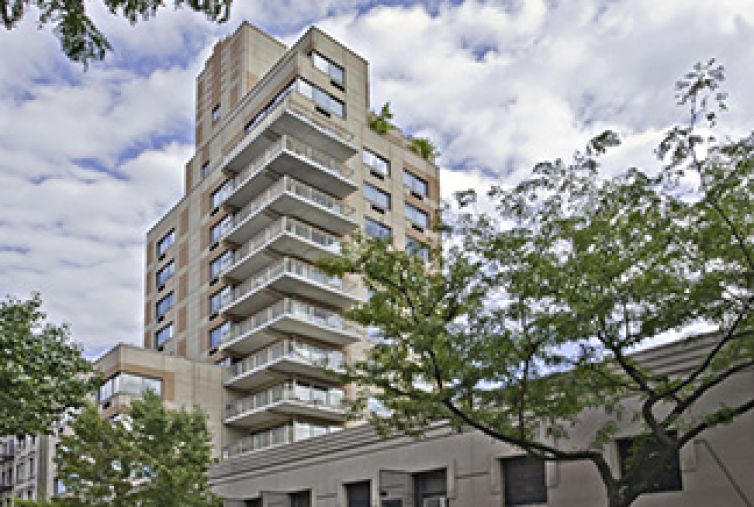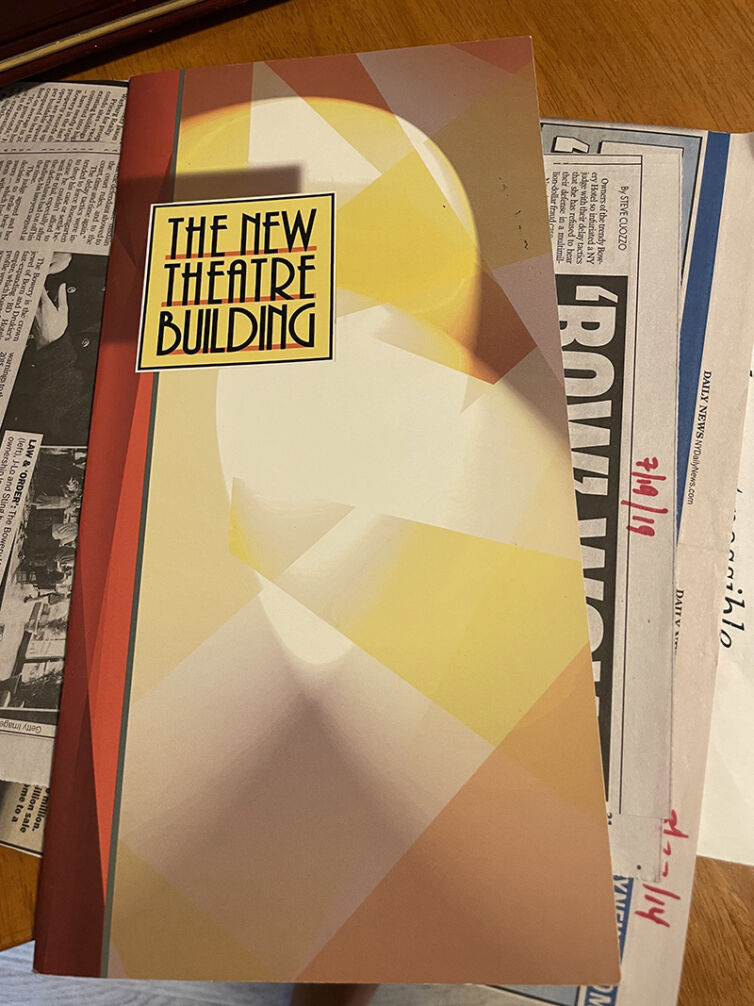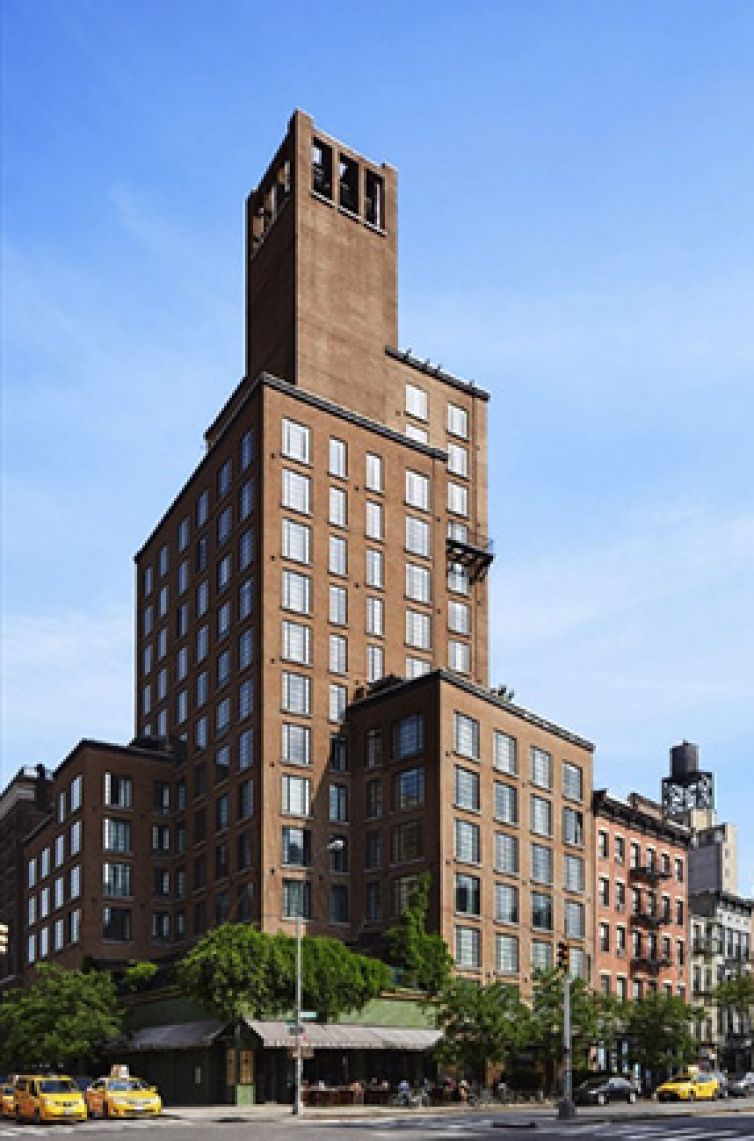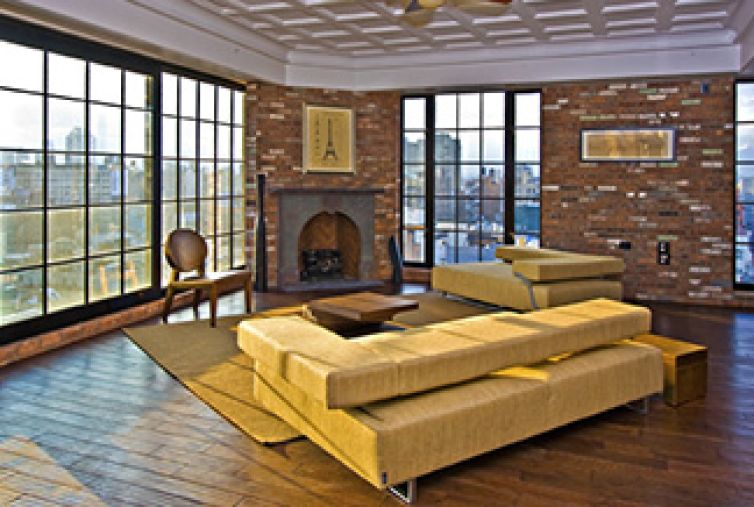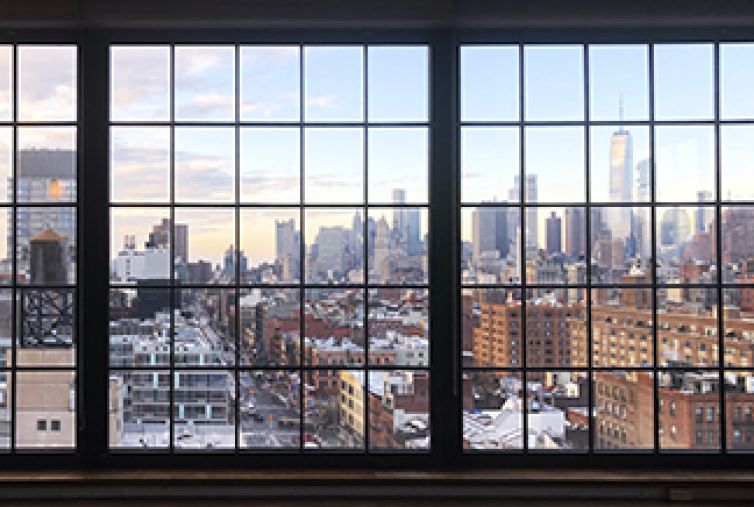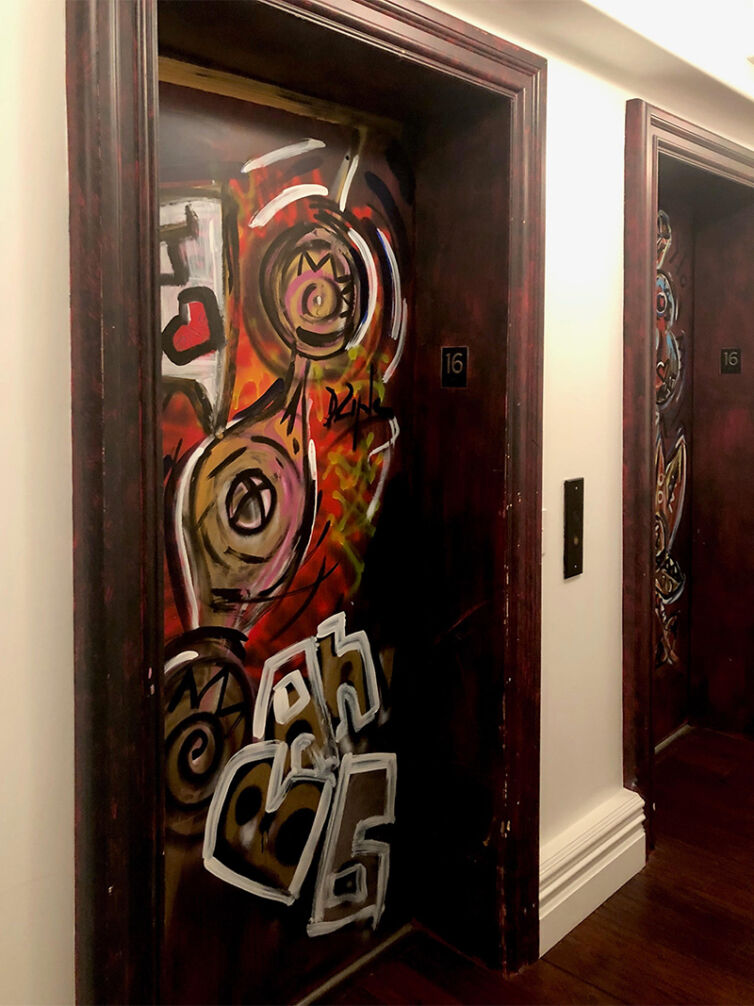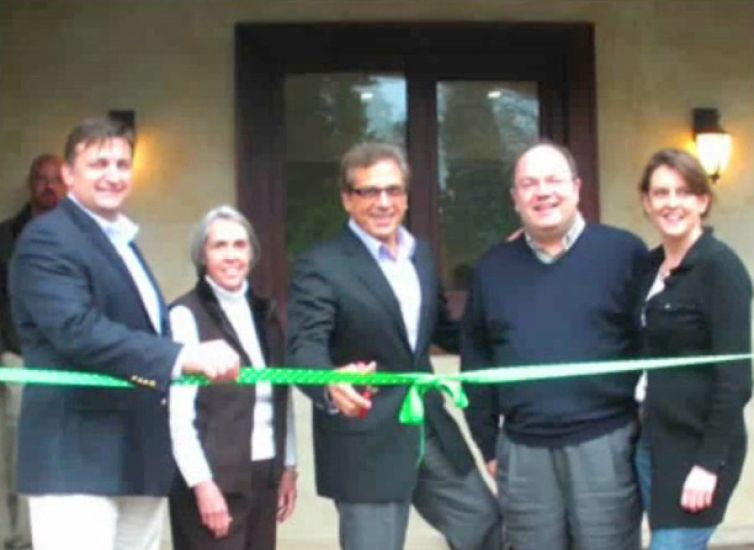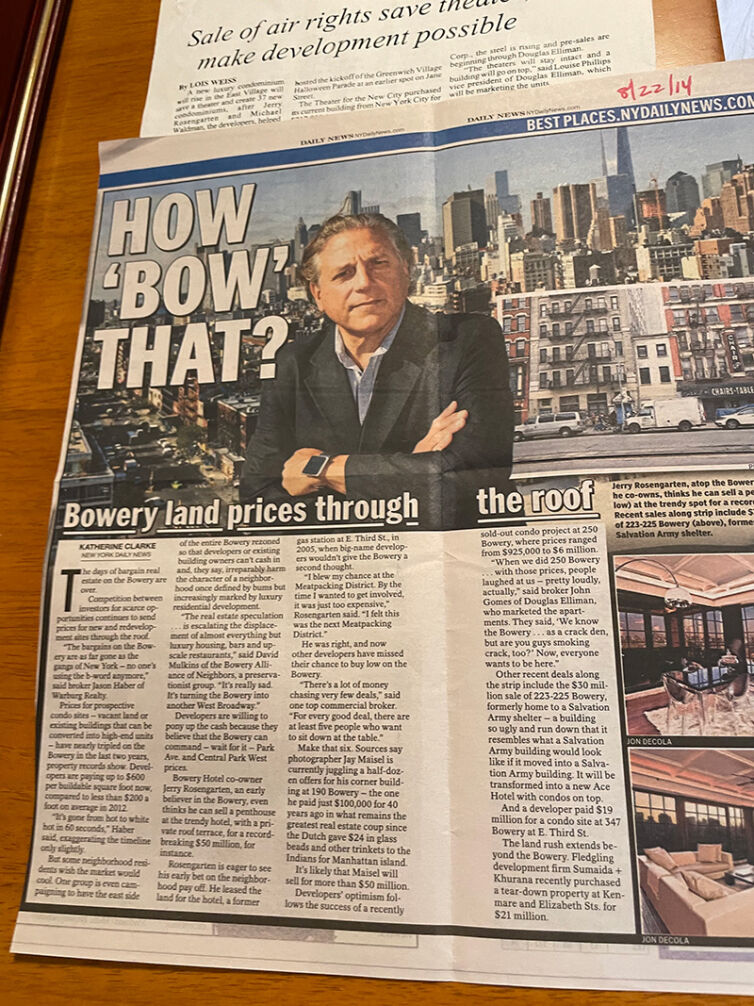



Jump on the train
A Dyslexic Entrepreneur's 50-Year Ride from the Leisure Suit to The Bowery Hotel and a New York Solar Farm...
By Gerald “Jerry” Rosengarten
Jerry Rosengarten discovered early that when the right train comes into the station, jump on it! Learn the magic that happens behind the scenes when the doors suddenly open and unforeseen opportunities arise in the big city. In a half-century of innovative ventures, the brash New Yorker never let dyslexia slow his creative mind and penchant for free thinking and deal-making, even though he was functionally unable to read until he was in his fifties.
Discover how he created the greatest men’s fashion development of the era—the leisure suit—and how it subsequently fell off a cliff. How did he follow that experience? By legalizing loft living and changing the New York City landscape, for starters. Rosengarten confronted endless and occasionally incorrigible bureaucracies, competitors, and colleagues. Whether his timing was just right or way off, he has never shied away from a challenge. Rosengarten is still creating; his newest design is The Slide Watchband for the Apple Watch.
Jump on the Train is your ticket to learn the life lessons of an iconoclast who has found a way to succeed despite not always knowing what he was getting himself into. Relying on intuition, curiosity, and street smarts, Rosengarten often finds himself in stranger-than-fiction moments. In the process, he has made an indelible imprint on the culture and physical identity of New York—the Greatest City in the World.
This book is for those not sure which train to take, as well as for those already on the train but not sure where to get off. Enjoy the ride.
Jump on the Train brings me back to the 70s. Style design touches most of Jerry’s ventures, which I think is why he did so many different things after leaving fashion. His story reads more like fiction than fact.
The author’s life trajectory can be characterized by meager childhood educational opportunities, steady resolve facing adversity, and the opportunities stemming from bouts of creative hypomania. That energy has been eventually harnessed by a woman, his wife, to his and our great benefit as the description of his journey should be an inspiration to anyone regardless of their start in life.
I appreciate all the courtroom drama in Jerry’s legal battles. They’re fascinating to read and show the complexity of real estate and property law. Even if you’re not a lawyer, you won’t be able to put this book down.
Jump on the Train is a fast and furious read, like a roller coaster ride that takes you through the excitement and downfalls of the New York scene from a quintessential New Yorker. And I thought my life was complex.
Jump on the Train is a must-read for serial entrepreneurs, real estate enthusiasts, and anyone captivated by the fast-paced world of business and entertainment in New York City. Whether you’re looking for inspiration, practical insights, or simply a thrilling narrative set against the vibrant backdrop of the Big Apple, Jerry Rosengarten delivers.
I’ve built some beautiful projects over a long career, and I give Jerry Rosengarten credit for the real estate he’s developed. The escapades in Jump on the Train are mostly new to me and fun to read; I wish I were there.
From his seat on a bullet train that hurtles over time, Gerald Rosengarten guides us through the various chapters of an eclectic, well-lived life. Undaunted by a severe learning disability and lacking a college degree, Rosengarten’s story is poignant yet gritty but ultimately inspiring and triumphant. Jump on the Train has a subtext: ‘stop your kvetching and pull up your boots.’ This is a true ‘hero’s journey,’ the story of an entrepreneur from a bygone age, and its lessons are needed now more than ever.
About a career marked by the willingness to be daring and work hard, Jump on the Train is an inspiring entrepreneur’s memoir.
Jump on the Train is an entertaining memoir—an insider’s account of New York real estate from the 1980s onward.
About the author
Gerald “Jerry” Rosengarten
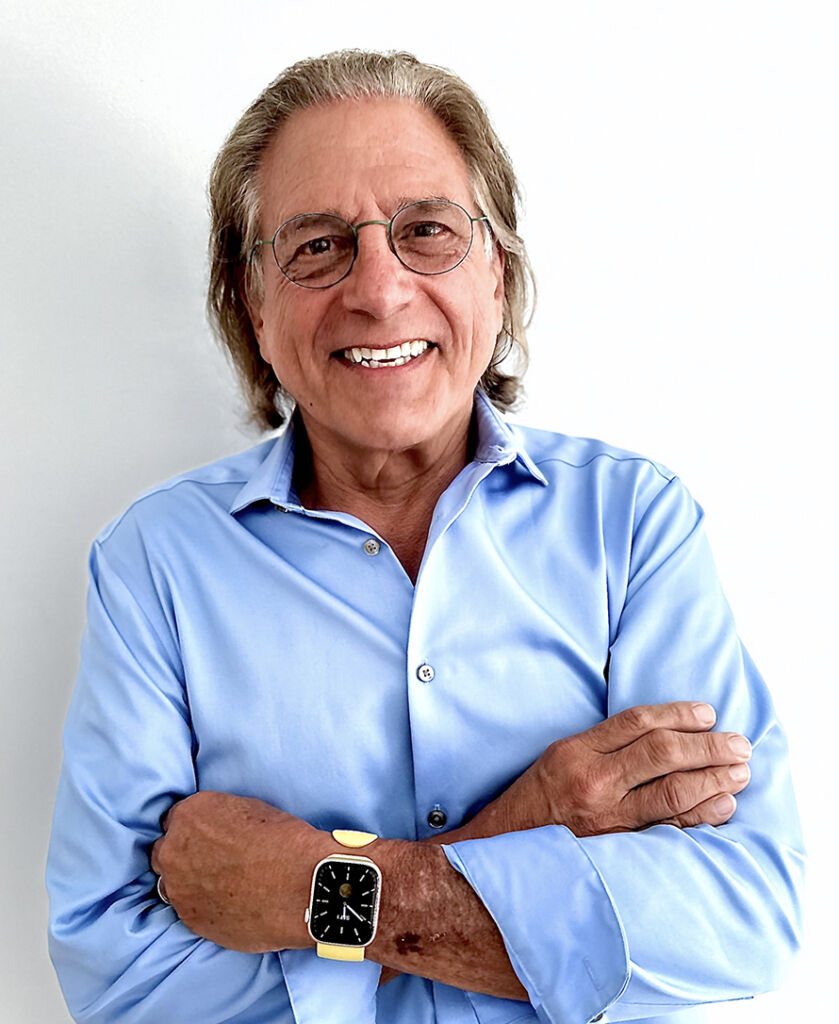
Jerry Rosengarten is a Brooklyn-born serial entrepreneur whose greatest skill is an extraordinary ability to perceive form and structure–and opportunity–from within disorder, including developing products to deal with dyslexia, reimagining real estate, and investing early and heavily in solar energy. Rosengarten’s life of invention has led to substantial commercial success. His first big hit came in the 1970s with the leisure suit, which became a cultural fashion phenomenon that stoked his confidence and staked his growing desire to build landmark New York City projects like the Lofts and the A-list destination, The Bowery Hotel. Today, Rosengarten built and owns one of the largest private solar farms in the Northeast, located on Long Island’s eastern tip, and his creative passions are finely focused on environmental stewardship and active advocacy for those suffering from learning disabilities.
CHAPTER LIST and synopses by the author
Throughout my career, I’ve used this metaphor as a guide for how to recognize and deal with situations and events that arise in life—and how to create new opportunities by keeping your eyes and mind open to visit places you’ve never been before. Join me on my improbable ride to success while my actions were helping to change the very fabric of New York City along the way.
Born in a Jewish Brooklyn neighborhood in 1945, it was clear from an early age that I wasn’t a “normal” kid. And I knew it too. My tricks and private workarounds just to get through my convoluted and anxious days would serve me well in unique and creative ways as I evolved and grew into the business world.
Finding a comfortable fit at a young age working in independent retail clothing stores and then the apparel industry from the trade side, I intuitively put unusual pieces together and invented the infamous Leisure Suit. For better…and worse, it was a menswear fashion rocket ship that changed American society and launched my long career of breaking rules and creating amazing things from out of nothing. And then the rocket crashed.
I just barely escaped the apparel business and the down drafts of the
Leisure Suit and needed a new focus. In 1978, NYC was in a financial
mess and factories were closing up all across town. Artists and creative people began creating a new way of life by living in huge and spare factory lofts. When I saw that, I knew I wanted in! How hard could it be? I bought a building and started making lofts to sell…legal ones. I was in the right place at the right time to become a real estate developer and begin a wild adventure that continues still. The City
would never be the same again.
Everywhere I worked or lived, it was natural for me to find great neighborhood restaurants that became homes away from home. And the restaurateurs became my friends, and my new friends started to talk to me, their real estate developer friend, about all the wonderful reasons to own a restaurant. Everyone likes to eat, right? What could go wrong for a guy that didn’t know anything about operating a restaurant?
According to the old saw that no good deed goes unpunished, in trying to make it easier for older people like our parents to move up and down
floors, my brother and I created a revolt of many, many, hostile senior citizens that were a collective force of nature. Against us. That we were still standing when everything finally worked out for the best for
everyone still amazes me.
The drizzler, a term I believe I coined, is the cornerstone of my successes as a New York City real estate developer. It’s the proverbial
gift that keeps on giving. The Medical Building was my very first drizzler and I was really coming into my own in understanding and
shaping the opportunities that lay all around me. I love drizzlers!
The U.S. economy was tanking badly in 1992 and I went to see a speech by
Ross Perot, the renegade independent businessman running for President.
There, I met a smooth talking, sophisticated gentleman who became my
fast friend. Perhaps a little too fast. With diplomats from Washington, African connections, Middle East Sheiks, and KGB operatives intersecting
along the way, we landed in the heart of Russia looking for a big
payday. Just how did I get myself into this suspense movie—and how would I get myself out?
I’ve always loved the theater and the thrill of performing, which I had dabbled in. We signed-up to built 17 floors of residences above The Theater for the New City while pledging to keep the six separate
theaters at ground level operating normally without interruption. Even the best efforts of the powerful New York City construction unions
couldn’t stop our “show” from going on. I was the director and the main
character, and it was the real estate developer performance of my life.
There are destinations in New York City that grow organically and magically and capture everyone’s attention as a very special experience. I always wanted to make just such an impact in a neighborhood, and The Bowery Hotel was such a place. Making it happen meant dealing with deceit, cunningly bad partners, greed, betrayal, courtroom drama and major big-city construction problems, too. In the end, The Bowery Hotel transformed a neglected neighborhood and became a destination where A-listers of every stripe, from near and far, come to see and be seen.
We ventured across the Hudson River into New Jersey for the first time. How do you add a full sound stage for the performing arts to a
self-storage storage facility in a gritty industrial area in Newark and somehow get Beyonce to shoot a Super Bowl commercial there? It was a
great ride, but Hurricane Sandy put a sudden and swift end to it all.
After becoming intrigued with green technologies and worried about the
future of our planet, I dove in to building an ecologically advanced
home for myself and my wife in Southampton, Long Island. As many leading-edge technologies as were available at the time were utilized in its construction. We still live there. Along the way, I learned a lot
about renewable energy and conservation strategies and decided to build a 100 acre solar farm as a showcase of what private enterprise is capable of. I faced-off with Not-In-My-Backyard NIMBY neighbors,
government bureaucracy and local utilities trying to protect their
control of the flow of energy. It was another big battle that I hadn’t
expected but the Solar Farm was finally completed. Today, it effectively eliminates the release of 36,000 to 42,000 tons of carbon annually—equal
to the emissions of 6,000-8,000 cars. It was one of the best fights I’ve ever been in, and I’m just getting started.
This chapter is very significant and personal to me. As a lifelong
dyslexic who struggles still at times with reading, writing, spelling and even speaking, I know deeply how these struggles affect every part
of living and learning for someone like me. It is my hope that others
will read of my accomplishments and how I managed to succeed—in spite of being functionally unable to read until my fifties!—and jump on their
own trains with the whispered promise of better destinations. The
Rainbow Readers changed everything for me. I encourage everyone to share this part of my story with those who may find life-changing benefits too.
Jump On The Train unravels the individual routes I’ve taken trying to devise ways around the challenges of dyslexia. I’ve had an exciting life and a very successful career in ways that would never have presented themselves without me taking that first step aboard. At this point in my life, I’m mainly interested and active in creating real solutions for the health and long-term prospects of our planet… along with a sure commitment to assisting, encouraging and supporting those suffering from dyslexia in its many forms. That’s why I’ve written this book: to show that encouragement and enthusiasm can help nurture successful living at every level. Now start looking for your train. It will come along, just pick the right one. Listen to others and learn, but remember, it’s always your decision. Then get aboard and never look back.
- Childhood Photo of Jerry [Intro]Childhood Photo of Jerry [Intro]
- Jerry's Brother, Howard [Intro]Jerry's Brother, Howard [Intro]
- Brooke Industries Press [Ch. 2]Brooke Industries Press [Ch. 2]
- Patchwork Denim Leisure Suit [Ch. 1]Patchwork Denim Leisure Suit [Ch. 1]
- Jerry in the 70s [Ch. 1]Jerry in the 70s [Ch. 1]
- Stand4's "Missing" Cow [Ch. 4]Stand4's "Missing" Cow [Ch. 4]
- The controversial Lift [Ch. 5]The controversial Lift [Ch. 5]
- First Prototype of the Slide Watchband [Ch. 6]First Prototype of the Slide Watchband [Ch. 6]
- The New Slide Watchband [Ch. 6]The New Slide Watchband [Ch. 6]
- The Invisible Keypad [Ch. 6]The Invisible Keypad [Ch. 6]
- Red Square, Moscow, Russia [Ch. 7]Red Square, Moscow, Russia [Ch. 7]
- New Theatre Building [Ch. 8]New Theatre Building [Ch. 8]
- Program from The New Theatre Building [Ch. 8]Program from The New Theatre Building [Ch. 8]
- View of 9/11 Attack from the New Theatre Building Rooftop [Ch. 8]View of 9/11 Attack from the New Theatre Building Rooftop [Ch. 8]
- Bowery Hotel Street View [Ch. 9]Bowery Hotel Street View [Ch. 9]
- Bowery Penthouse [Ch. 9]Bowery Penthouse [Ch. 9]
- View from Bowery Penthouse [Ch. 9]View from Bowery Penthouse [Ch. 9]
- Elevator Doors at Bowery Hotel painted by Domingo Zapata [Ch. 9]Elevator Doors at Bowery Hotel painted by Domingo Zapata [Ch. 9]
- Jerry with Pope Francis [Ch. 9]Jerry with Pope Francis [Ch. 9]
- Green Home Reveal with Mayor of Southampton [Ch. 11]Green Home Reveal with Mayor of Southampton [Ch. 11]
- Press for Jerry's Penthouse at Bowery Hotel [Ch. 9]Press for Jerry's Penthouse at Bowery Hotel [Ch. 9]
- Ariel View of Middle Island Solar Farm [Ch. 11]Ariel View of Middle Island Solar Farm [Ch. 11]
Blog Features
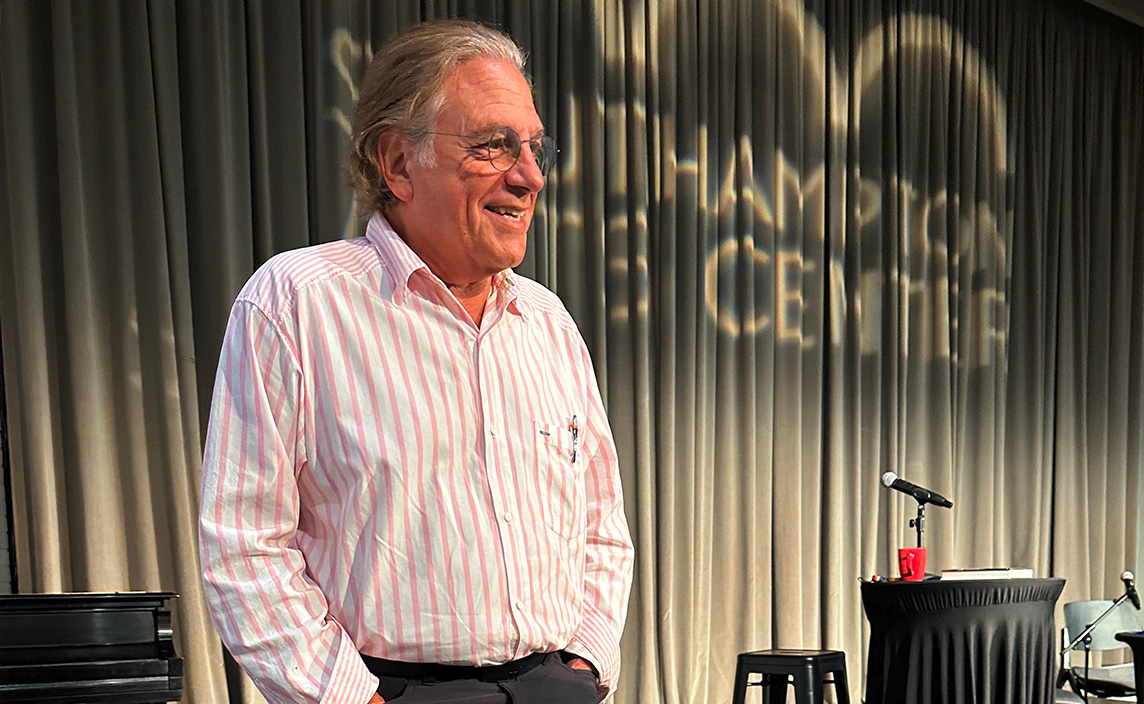
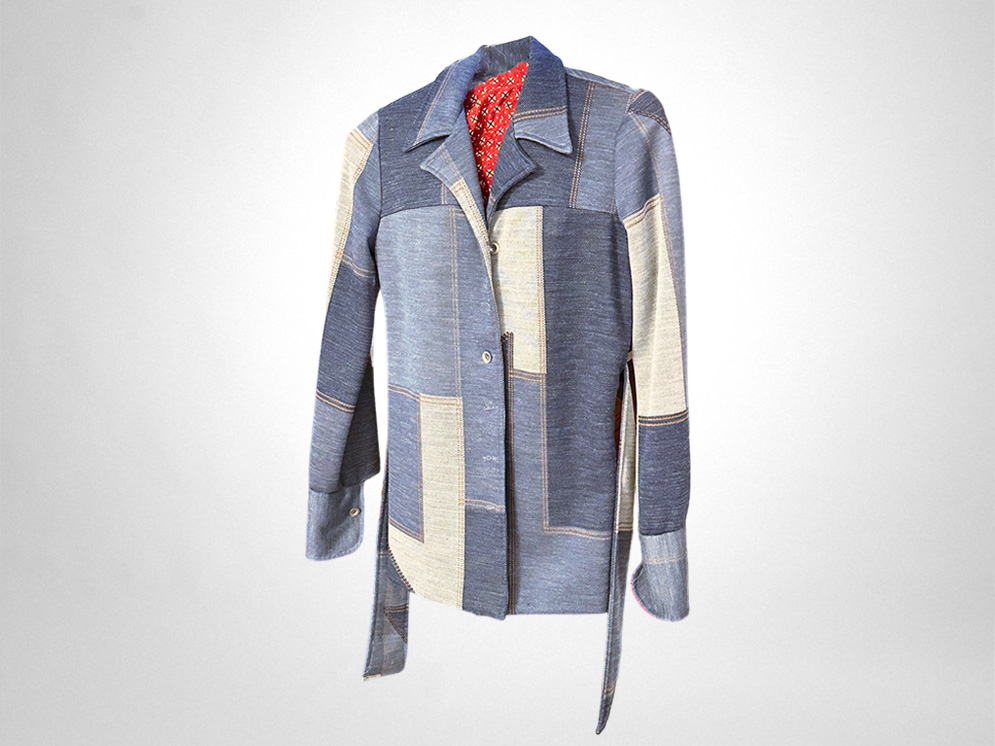
Breaking Boundaries: The Story Behind the Leisure Suit and 4 Lessons for Entrepreneurs Today to Make Money
Discover how the creator of the leisure suit defied norms, broke boundaries, and paved the way for a new era of individual expression. Learn invaluable lessons that resonate beyond the world of fashion, inspiring entrepreneurs to embrace change, stay resilient, and strive for meaningful impact.


